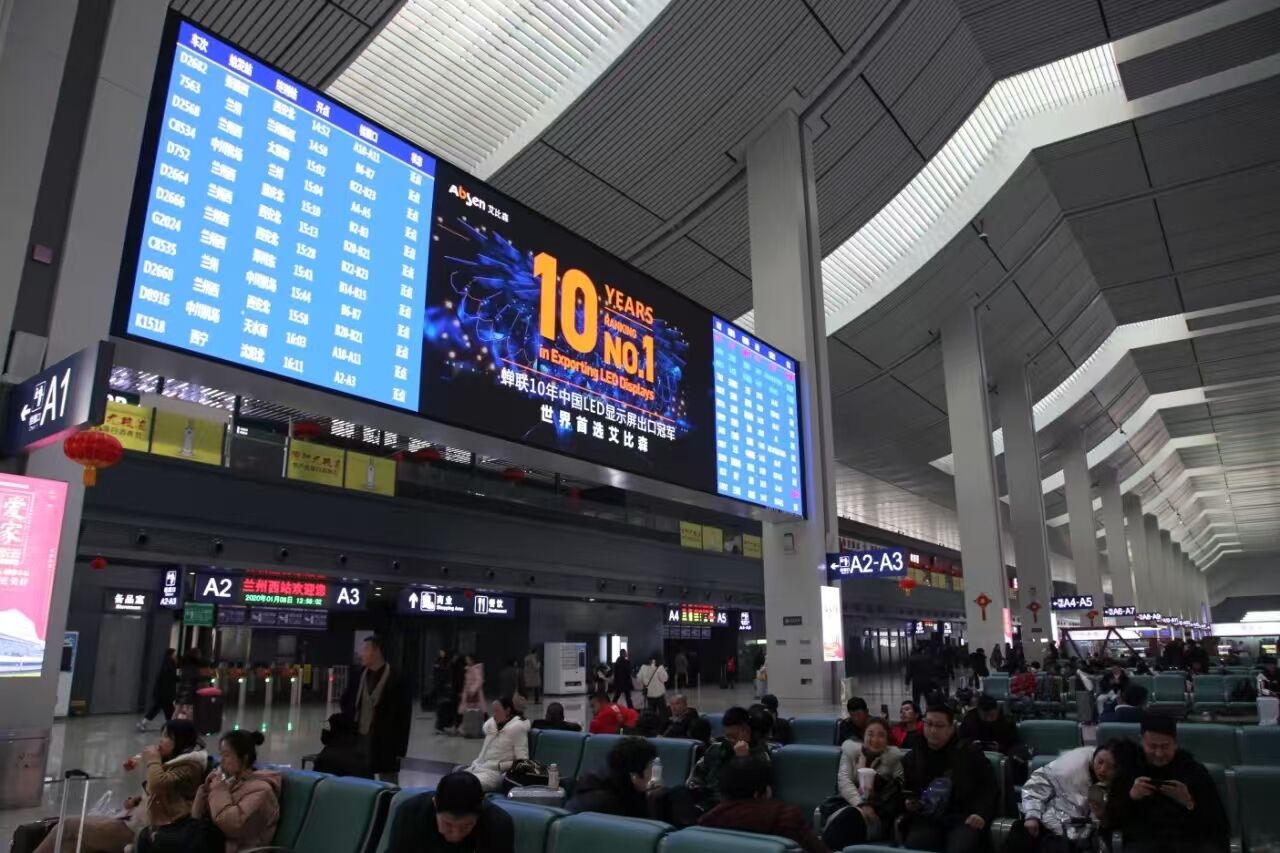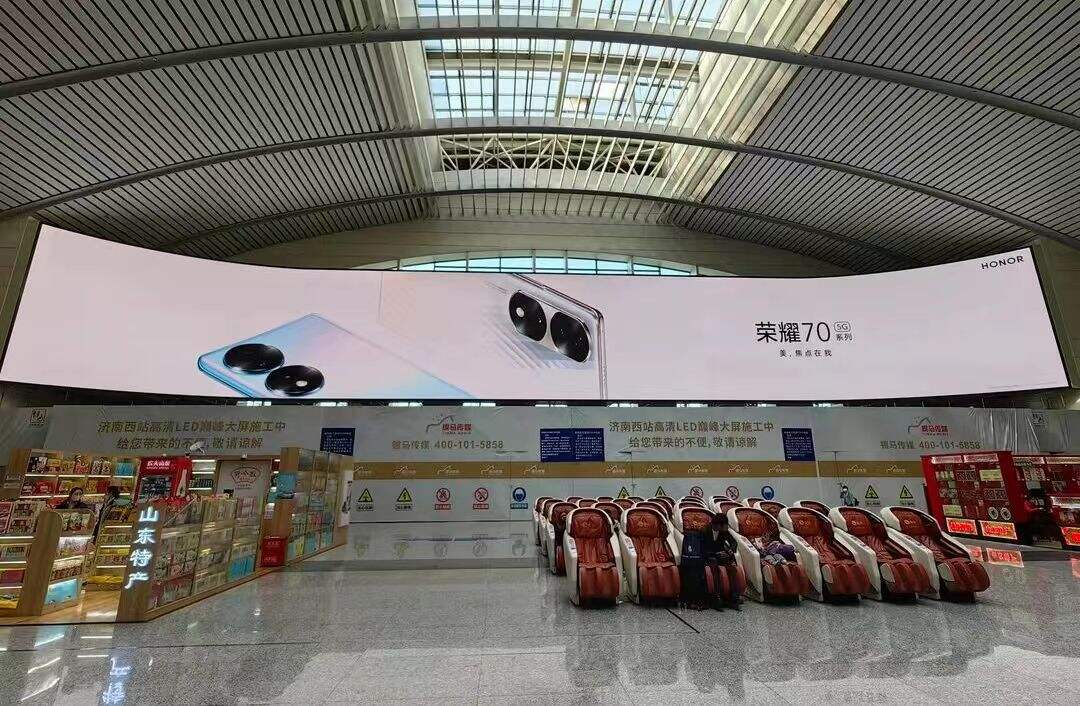led wall panels price
LED wall panels have revolutionized the digital display industry, offering a range of price points to suit various budgets and applications. These versatile display solutions typically range from $200 to $1,500 per square meter, depending on factors such as pixel pitch, brightness levels, and overall panel quality. The pricing structure reflects the technological sophistication of these panels, which feature advanced LED chips, robust power management systems, and intelligent control modules. Modern LED wall panels incorporate high-refresh-rate technology, ensuring smooth content delivery with rates up to 3840Hz, while maintaining impressive brightness levels between 800 and 6000 nits. The cost consideration extends beyond the initial purchase, encompassing installation, maintenance, and operational expenses. Most manufacturers offer panels in various pixel pitches ranging from 1.2mm to 10mm, with pricing generally increasing as the pixel pitch decreases. Energy efficiency features, such as automatic brightness adjustment and power-saving modes, help offset long-term operational costs. The durability of these panels, often rated for 100,000 hours of operation, provides excellent value for the investment, making them a cost-effective solution for both indoor and outdoor applications.


